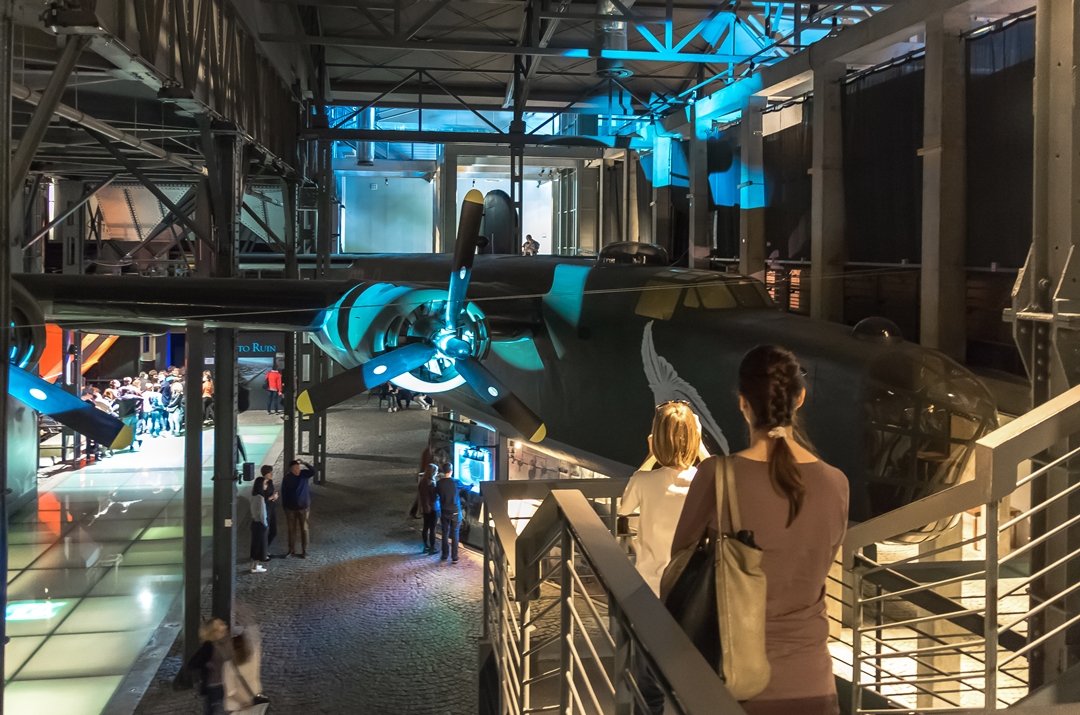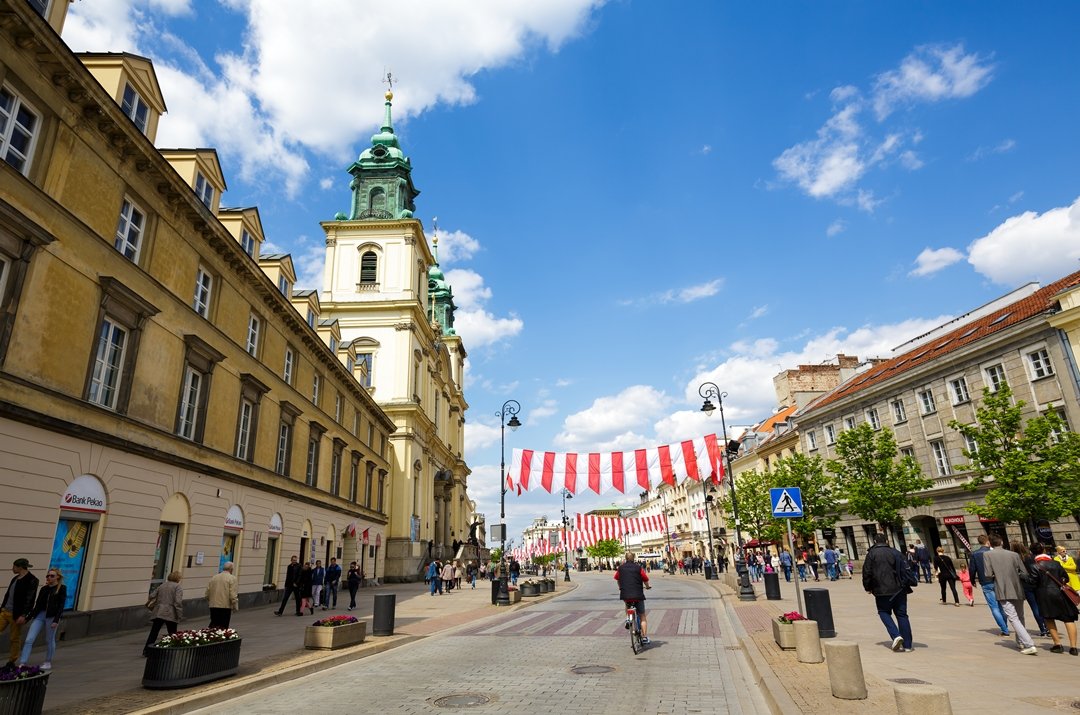Learn About the War Warsaw Saw on Fascinating Private Guided Tours
In present day Warsaw, you see a revitalized city with a transformed skyline. However, this city is very careful to recognize and acknowledge the monstrosities it endured and prevailed. A truly wonderful place to see on private guided tours.
Warsaw is the capital city of Poland as well as the country’s largest city. The varied architecture styles from Gothic churches to neoclassical palaces reflects the long history of the city. The bustling metropolis and modern features are a sign of its future.
This city is an exciting, modern, vibrant, welcoming and affordable place to visit. There is something interesting here for all kinds of people with all sorts of interests.
The symbol of Warsaw is a Mermaid with a sword in her hand to indicate the fighting spirit of the people. There is a stunning sculpture of this mermaid in the Market Square. Many think it strange to have this symbol when the closest sea coast is some 300 km away, but it works for Warsaw!
Top 10 Things to Do in Warsaw










Travel Tips for Warsaw
The best time to visit Warsaw will vary on your expectations and interests. Weatherwise the ideal time, for the likes of sightseeing tours and guided tours, is late Spring and early Autumn/Fall when it is not overly hot and humid. The summer is hot but busy and more expensive. Ideally, you should visit when there are festivals, so check the annual list of happenings. These are the most exciting and fun times in the city.
Warsaw is quite inexpensive when you compare them with other European capital cities. A nights accommodation starts from US$17 for very basic and rises to US$150 for a 5-star hotel. An evening meal for two costs on average US$37 and this is with wine and a dessert. Lunch costs on average US$8 with a drink! The price of guided tours vary from season to season but also among operators so check around for best price.
Book in advance of travelling accommodation and sightseeing tours of major attractions especially when travelling during the summer months. Warsaw is very safe and has a very low crime rate, but you still need to be careful. Be aware of your surroundings in crowded areas and it is not advisable to walk alone late at night in dark streets. Stay in a group and get taxis. Tipping is not included and is always appreciated.
The climate in Warsaw is called temperate continental climate. This means the winters are very cold and summers are warm/hot. The hottest months are June to August with temperatures in the late 20’s on average. The coolest months are December to February with temperatures in the minus degrees celsius. The driest month os February and the wettest month is June. These are only guidelines as with climate change it could vary.
Travel Tips for Warsaw
The best time to visit Warsaw will vary on your expectations and interests. Weatherwise the ideal time, for the likes of sightseeing tours and guided tours, is late Spring and early Autumn/Fall when it is not overly hot and humid. The summer is hot but busy and more expensive. Ideally, you should visit when there are festivals, so check the annual list of happenings. These are the most exciting and fun times in the city.
Warsaw is quite inexpensive when you compare them with other European capital cities. A nights accommodation starts from US$17 for very basic and rises to US$150 for a 5-star hotel. An evening meal for two costs on average US$37 and this is with wine and a dessert. Lunch costs on average US$8 with a drink! The price of guided tours vary from season to season but also among operators so check around for best price.
Book in advance of travelling accommodation and sightseeing tours of major attractions especially when travelling during the summer months. Warsaw is very safe and has a very low crime rate, but you still need to be careful. Be aware of your surroundings in crowded areas and it is not advisable to walk alone late at night in dark streets. Stay in a group and get taxis. Tipping is not included and is always appreciated.
The climate in Warsaw is called temperate continental climate. This means the winters are very cold and summers are warm/hot. The hottest months are June to August with temperatures in the late 20’s on average. The coolest months are December to February with temperatures in the minus degrees celsius. The driest month os February and the wettest month is June. These are only guidelines as with climate change it could vary.

 © Copyright 2024 Private Tour Inc. All Rights Reserved.
© Copyright 2024 Private Tour Inc. All Rights Reserved.